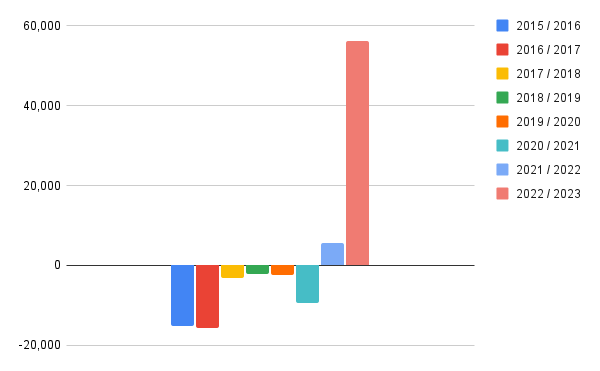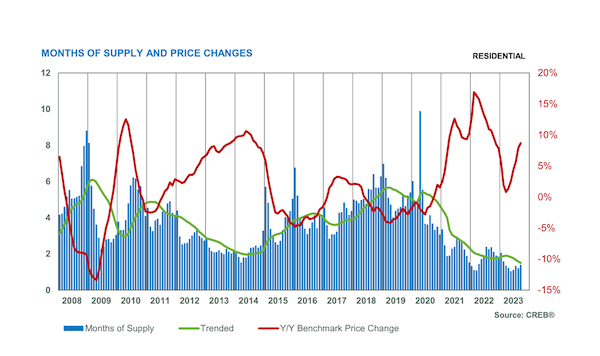The Impact of Alberta’s Population Growth on Its Real Estate Sector
Posted by Justin Havre on Tuesday, October 3rd, 2023 at 2:48pm.
 Alberta’s population has grown by more than 184,000 in the last year. This report is from recent data from Statistics Canada, which estimates that 4.7 million people call Alberta home. It is the largest increase in population the province has ever seen.
Alberta’s population has grown by more than 184,000 in the last year. This report is from recent data from Statistics Canada, which estimates that 4.7 million people call Alberta home. It is the largest increase in population the province has ever seen.
According to this report, most of this population growth comes from international migration. However, the number of interprovincial migrants is significantly higher than in previous years.
Alberta’s net interprovincial migration grew by 896% in the last year. Although there is no direct link to this growth, this growth correlates with the province's “Alberta is Calling” campaign, which launched in the previous year.
Alberta's Net Interprovincial Migration

According to the government’s website, the campaign aims to attract workers from other provinces “to join our great province and appreciate the high earnings, low taxes and affordable lifestyle Alberta has to offer.”
Such a boost to Alberta’s population can be beneficial for reasons such as increased labour supply and income for the province. However, the province’s insufficient infrastructure to support this growth has left some sectors, such as real estate, vulnerable.
Alberta's Real Estate Demand

According to Calgary Real Estate Board (CREB) data, Alberta real estate needs more housing to meet its growing demand.
“Supply has been a challenge in our market as strong inter-provincial migration has elevated housing demand despite higher lending rates,” said CREB Chief Economist Ann-Marie Lurie.
She adds that although there's an improvement in new listings “it has not been enough to take us out of sellers’ market conditions.”
Currently, Calgary is looking to implement a housing strategy to address its housing crisis. It would dictate the city’s strategy from 2024 to 2030 if approved.
